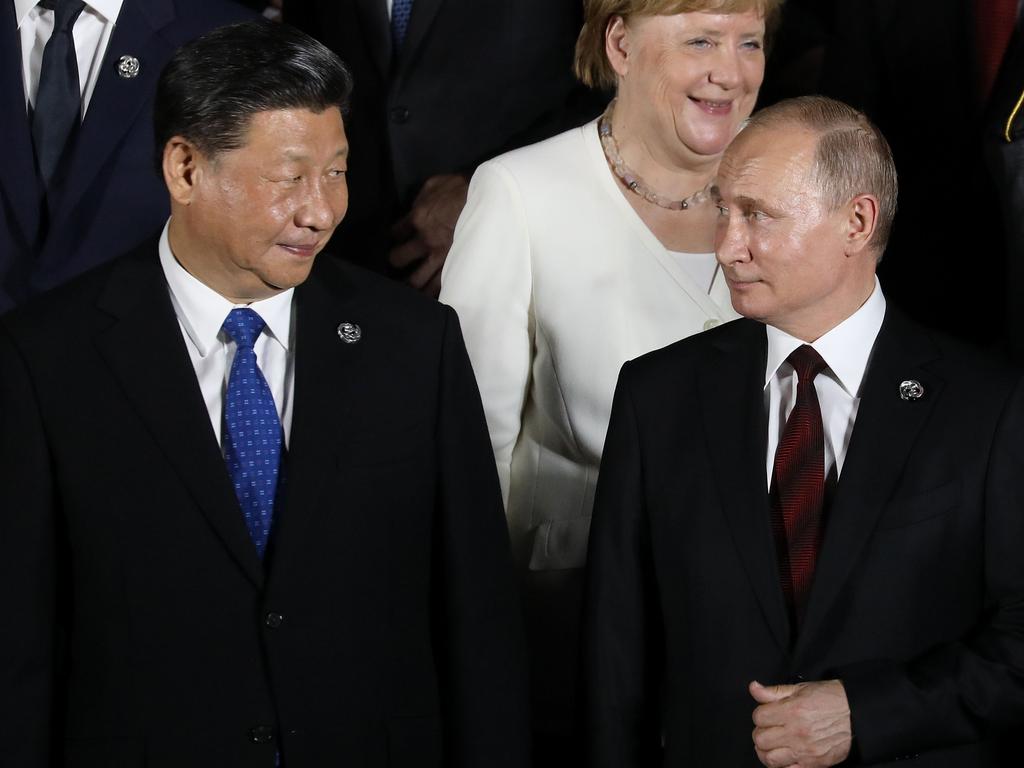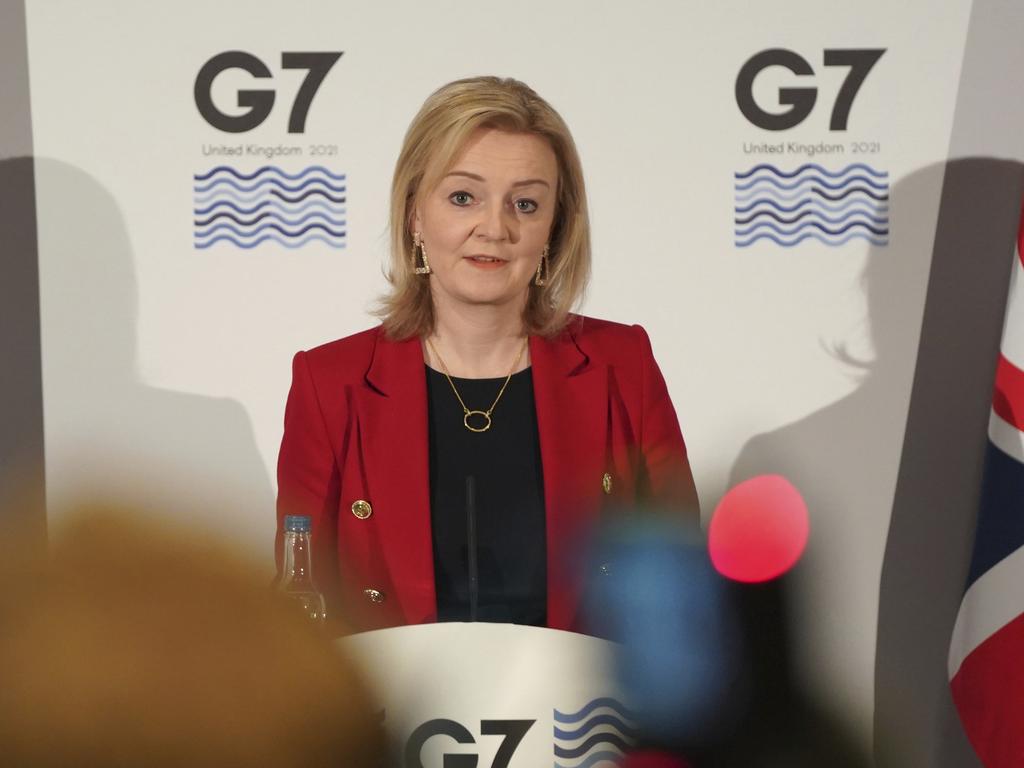Iranian rocket launch lifts heat on nuclear deal
Iran has showed off a new rocket launch, sending a message to Western powers negotiating with Tehran over its nuclear program.

Iran’s reinvigorated space program showed off a new rocket launch on Thursday, sending a message to Western powers negotiating with Tehran over the future of its nuclear program.
Iranian state television showed what it said was the successful launch of a Simorgh (which translates as Phoenix) rocket, carrying three satellites.
It took off from the Imam Khomeini Spaceport, where preparations for a launch had been observed by Western powers’ own satellites in mid-December.
The success appeared to be limited – the launch may have failed to reach sufficient speed to release the three satellites into orbit, but the rocket itself attained a height of 465km.
Western powers have been monitoring the Iranian space program closely, saying it is “dual use” – that as well as being intended as part of a genuine attempt to launch satellites, it is also ballistic missile technology.
The 2015 agreement with the UN and Western powers that restricted Iran’s nuclear program also proposed limits to its missile development program, but Tehran says that this part of the deal was not binding.
It has pushed ahead with a twin-track program of both missile and space technological advancement, one run by the ministry of defence, of which the official national space agency is part, and one run outside the chain of government command by the Revolutionary Guard.

The Simorgh rocket is part of the space agency’s program, and the launch was announced by the ministry of defence. The timing of the launch may be intended as a message connected to the resumption of talks in Vienna that aim to resurrect the nuclear deal, which was torn up by Donald Trump in 2018.
Since President Ebrahim Raisi was elected in June, Iran has pursued a strategy of ramping up its demands at the talks while at the same time pursuing an aggressive expansion of its nuclear program. The space program appears to be additional part of the same strategy.
One of Mr Raisi’s first acts was to sack the head of the space agency, which has had a patchy record in recent years.
He also summoned a meeting of the supreme space council, an official oversight body that had not met for about a decade.
The Simorgh uses liquid fuel, and is generally regarded as too “old-tech” for a nuclear weapon. Nevertheless, the US Defence Intelligence Agency has previously assessed that the Simorgh’s technology, some of which was apparently transferred to Iran from North Korea’s own missile program, is capable of conversion to military use. However, Iran has announced it is experimenting with newer rockets that will combine all the latest technologies.
The nuclear talks were said this week by both Iran and Russia to be “making progress”, though European negotiators have been more sceptical and threatened to walk away if Iran stands by its latest demands. They include not only the lifting of nuclear-related sanctions but of all sanctions imposed on Iran by Western countries since 2018.
The US voiced concern on Thursday about the rocket launch, saying it would help the Islamic Republic’s missile program, but indicated that Washington was still pursuing diplomacy to return to a nuclear deal.
The Times





To join the conversation, please log in. Don't have an account? Register
Join the conversation, you are commenting as Logout